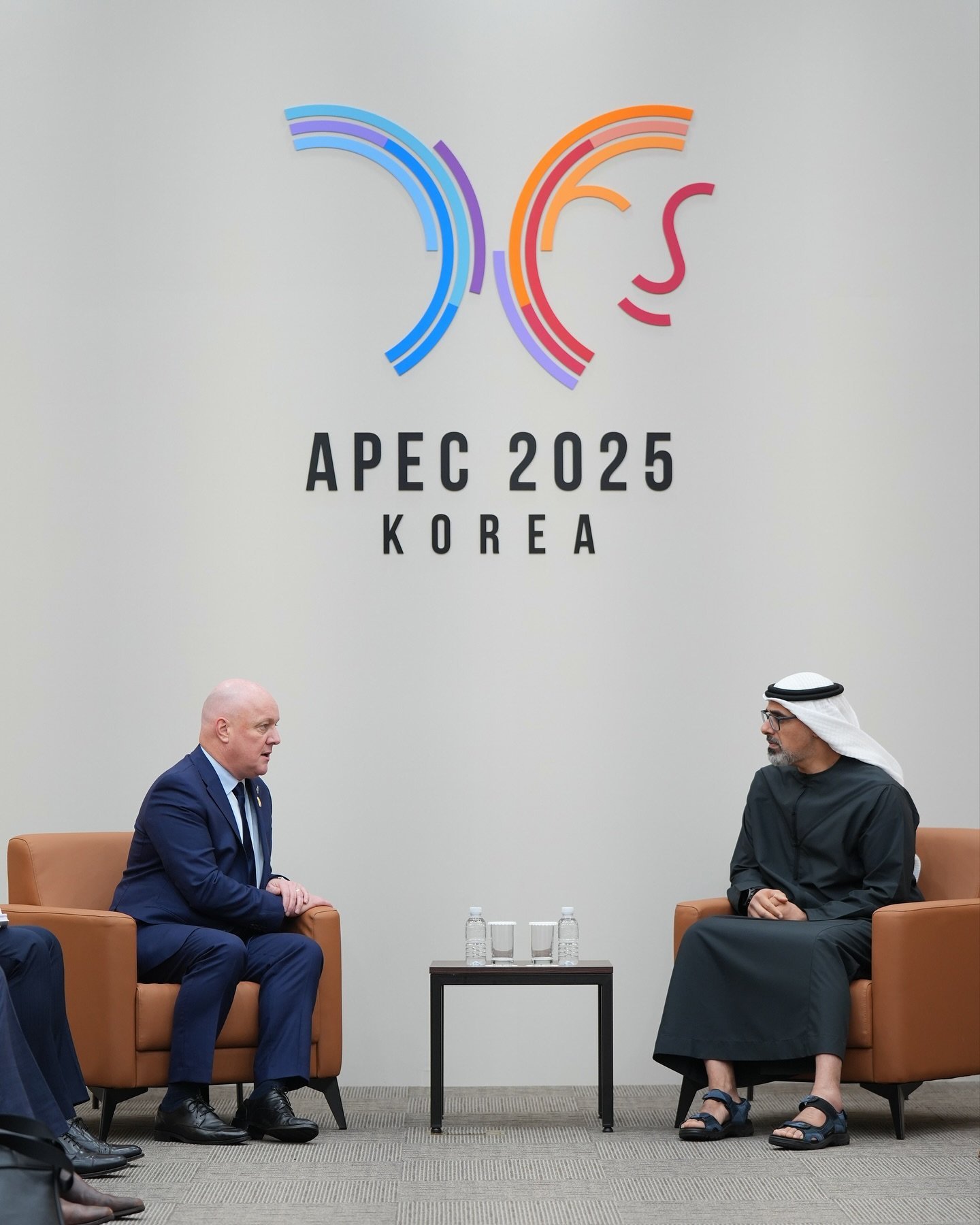
Last week’s high-profile visit by Saudi Crown Prince Mohammed bin Salman (MBS) to Washington DC is another reminder of the enduring centrality of the Gulf.
The trip by MBS reciprocates US President Donald Trump’s own travel in May to Saudi Arabia, the first scheduled foreign trip of his second term.
The tour echoed Trump’s inaugural call on Riyadh during his first term in 2017. But this time around, Trump also visited Qatar and the United Arab Emirates (UAE), two smaller, yet increasingly powerful Gulf states.
Still, the visit by MBS to Washington is particularly noteworthy because it is the first such visit in nearly eight years. US-Saudi relations cooled after the controversial killing of journalist Jamal Khashoggi in late 2018 and the subsequent transition to a Joe Biden administration.
However, in mid-2022, relations were effectively restored when President Biden memorably ‘‘fist-bumped’’ the Saudi Crown Prince in Jeddah — a move that also served to clear the air for other Western countries.
Initially, Biden’s renewed interest in the Gulf region — despite his early ambitions to recentre US foreign policy on the Indo-Pacific — was driven by Western concerns over energy supplies following the outbreak of the war in Ukraine.
However, since then, the Gulf states have only underlined their indispensability in broader geopolitical terms.
For New Zealand, the six Gulf countries have also become increasingly essential — especially in trade, but also in wider strategic terms, as shown in just-completed PhD research by this author.
The six states that make up the Gulf Co-operation Council (GCC) — Bahrain, Kuwait, Oman, Qatar, Saudi Arabia and the United Arab Emirates (UAE) — are now collectively New Zealand’s sixth-biggest export market. In the year ending in June 2025, exports to the GCC crossed the $NZ3 billion mark for the first time, up from just $NZ1.75b in 2021. The Gulf states have operated as a customs union since 2003.
Food security is a major concern in the Gulf states, where a harsh desert climate means most food products must be imported to feed a growing population that now exceeds 60million people.
With the Gulf states having an appetite for quality and the wealth to pay for it, New Zealand’s dairy, meat and fruit products are highly sought after, typically commanding premium prices.
Uncertainty created by this year’s US tariffs has only made the Gulf market more essential for New Zealand producers.
A new Comprehensive Economic Partnership Agreement (CEPA) trade deal with the UAE, which came into force in August, is likely to see exports rise even further. Meanwhile, the implementation of a wider free-trade agreement (FTA) with the broader GCC should provide an additional boost to bilateral trade. Negotiations on the GCC FTA were concluded at a ceremony held in Qatar in late 2024.
More broadly, the study found that New Zealand’s relations with the Gulf states have been quietly deepening across multiple sectors over the course of a generation.
Most visibly, ministerial visits in both directions have grown in frequency and intensity. The research identified more than 60 visits made by New Zealand ministers to the GCC since then-foreign minister Phil Goff travelled to the region in January 2001, a trip that included the first-ever visit to the UAE by a New Zealand foreign minister.
A generation on, New Zealand Trade Minister Todd McClay made at least five visits to the Gulf in 2024 alone, many of which were focused on securing the two new trade agreements.
For his part, Foreign Minister Winston Peters also called on Saudi Arabia and the UAE in early 2025, while Prime Minister Christopher Luxon went to Abu Dhabi in January.
In the other direction, the study uncovered more than 30 high-level visits to New Zealand by high-level Gulf officials in the 21st century.
Recent prominent examples include the 2024 visits by the Qatari prime minister, Sheikh Mohammed bin Abdulrahman Al-Thani, and the UAE’s minister of state for foreign trade, Dr Thani bin Ahmed Al Zeyoudi.
A New Zealand mission was opened in Abu Dhabi in 2011, and has helped to keep the bilateral fires burning with the UAE. The post complemented an existing embassy in Saudi Arabia that New Zealand opened in the mid-1980s.
In the other direction, Kuwait, Saudi Arabia and the UAE all opened embassies in Wellington in the mid-2010s. This year marks both the 10th anniversary of the establishment of the UAE’s embassy in New Zealand and the 40th anniversary of diplomatic relations with Abu Dhabi. Meanwhile, the 50th anniversary of formal diplomatic ties with Saudi Arabia is coming up in 2027.
Despite their general bipartisan nature, New Zealand’s relations with the Gulf have waxed and waned over the years, in part because they have been overly reliant on the commendable efforts of a small number of individuals. More consistency is probably needed if relations are to deepen further.
To this end, New Zealand could work on expanding its collective knowledge and understanding of the wider region. New Zealand lacks an academic centre focused on the Middle East, while Arabic is the only one of the six official UN languages not to be taught by a New Zealand university. Wellington’s efforts in institutionalising ties with Asia since the 1980s, which included the establishment of the Asia New Zealand Foundation in 1994, could serve as a useful model.
Donald Trump’s hosting of Mohammed bin Salman at the White House this week is another sign of the times.
For Washington, the Gulf is only becoming more vital. As the Gulf states increasingly look east as well as west, Wellington is also finding the Gulf to be a crucial partner.
■ Geoffrey Miller is the Democracy Project’s geopolitical analyst.












